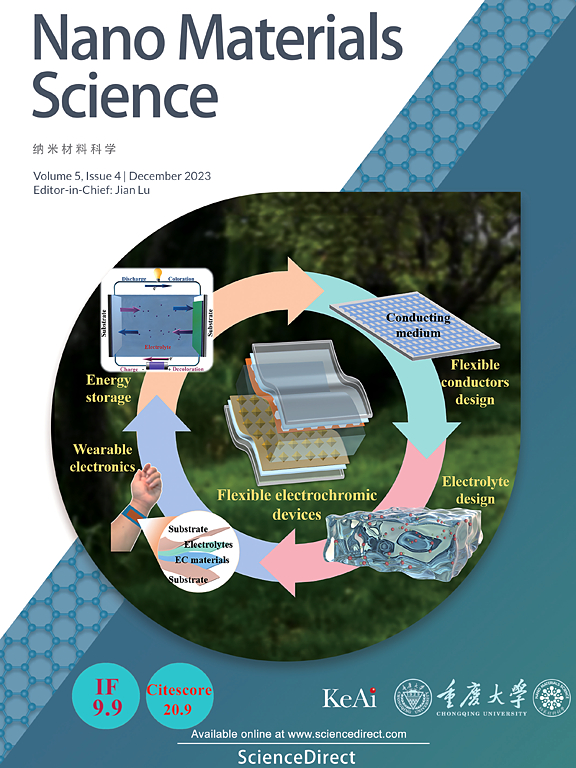电纺醋酸纤维素丙酸酯纳米结构油性分散体在蓖麻油中的环保型定制润滑剂应用
IF 17.9
2区 材料科学
Q1 Engineering
引用次数: 0
摘要
这项工作的目的是找到一种替代润滑脂配方,可以从可再生和可生物降解的来源生产,对人类健康和环境的风险最小。以蓖麻油和静电纺醋酸丙酸纤维素(CAp)为原料。我们假设乙酰基和丙基可以与蓖麻油提供足够的化学相容性,并且电纺丝纳米结构可以通过创造各种形态来提高物理稳定性,从而使所得到的润滑脂的流变学和摩擦学性能得以调整。实验结果表明,即使在低浓度(3wt %)下使用,电纺CAp纳米结构确实可以产生物理稳定的配方。由于增稠剂形态和/或浓度的变化,所产生的分散体经历了结构转变,这可以通过振荡流变学、持油能力、黏性和金属-金属接触时的润滑性能来证明。我们发现,含有光滑或多孔CAp纳米纤维的配方,在5 wt%的增稠剂中,具有合适的流变学和摩擦学性能,其性能与传统的锂润滑润滑脂相当。本文章由计算机程序翻译,如有差异,请以英文原文为准。
Environmentally friendly tailor-made oleo-dispersions of electrospun cellulose acetate propionate nanostructures in castor oil for lubricant applications
The aim of this work is to find an alternative lubricating grease formulation that can be produced from renewable and biodegradable sources with minimal risks to human health and the environment. We used a castor oil and electrospun cellulose acetate propionate (CAp) as raw materials. We hypothesized that the acetyl and propionyl groups could provide an adequate chemical compatibility with the castor oil and that the electrospun nanostructures could enable improved physical stability by creating a variety of morphologies allowing the tailoring of the rheological and tribological properties of the resulting greases. The experimental results show that the use of electrospun CAp nanostructures can indeed yield physically stable formulations, even when used at low concentrations (3 wt%). The resulting dispersions went through structural transitions due to changes in the thickener morphologies and/or concentration, as shown by oscillatory rheology, oil holding capacity, tackiness, and lubrication performance in metal–metal contact. We found that the formulations, containing smooth or porous CAp nanofibers, at 5 wt% as a thickener, possess suitable rheological and tribological properties with a performance comparable to that of traditional lithium lubricating greases.
求助全文
通过发布文献求助,成功后即可免费获取论文全文。
去求助
来源期刊

Nano Materials Science
Engineering-Mechanics of Materials
CiteScore
20.90
自引率
3.00%
发文量
294
审稿时长
9 weeks
期刊介绍:
Nano Materials Science (NMS) is an international and interdisciplinary, open access, scholarly journal. NMS publishes peer-reviewed original articles and reviews on nanoscale material science and nanometer devices, with topics encompassing preparation and processing; high-throughput characterization; material performance evaluation and application of material characteristics such as the microstructure and properties of one-dimensional, two-dimensional, and three-dimensional nanostructured and nanofunctional materials; design, preparation, and processing techniques; and performance evaluation technology and nanometer device applications.
 求助内容:
求助内容: 应助结果提醒方式:
应助结果提醒方式:


